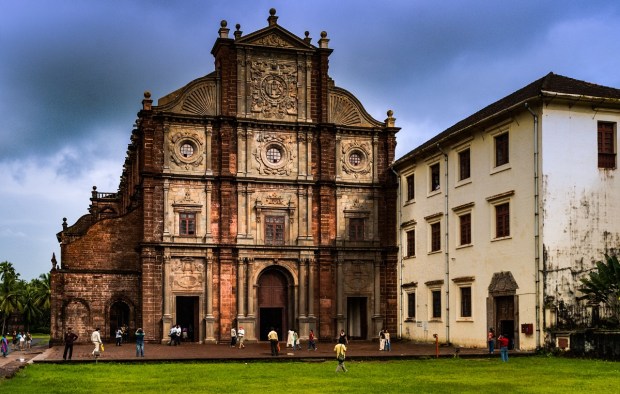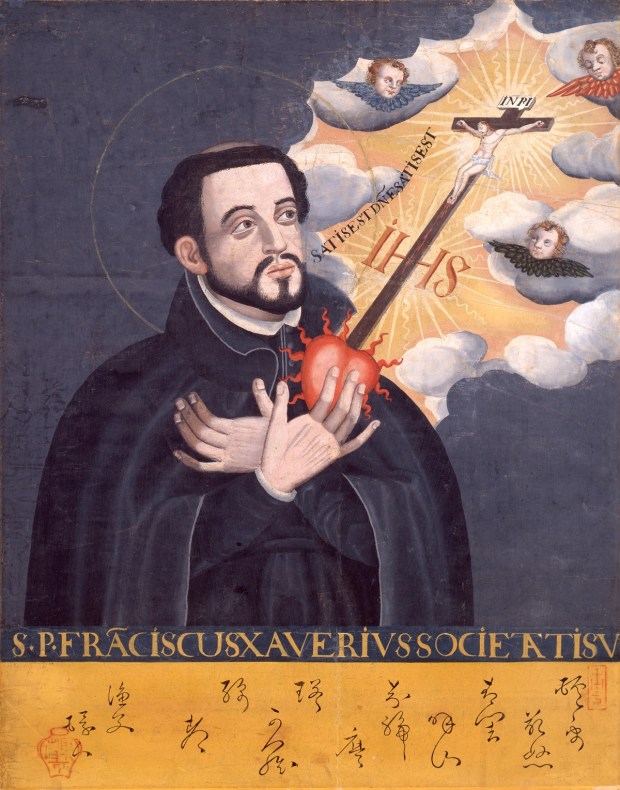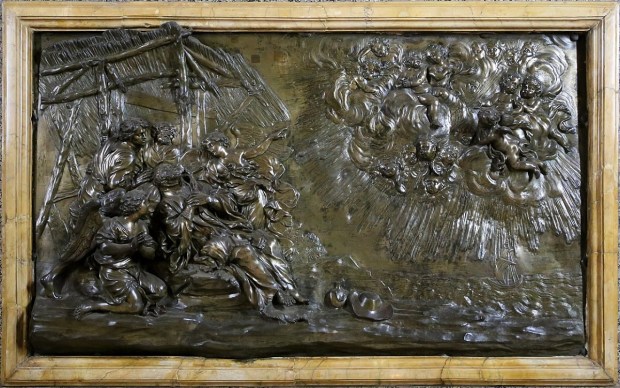When thinking of Catholic countries, India may not be the first place that comes to mind. Yet, Christianity came early to the Indian subcontinent in the earliest years, and Catholic missionaries have been establishing parishes there for centuries.
In Goa, Portuguese missionaries belonging to various congregations including Franciscans, Dominicans, Jesuits, and Augustinians have been active since at least the 15th century, with some earlier contacts between the Catholic world and the Indian state dating as far back as the first century. The Apostle Thomas is said to have evangelized in India.
Goa, which in the 16th century was a large city for the epoch’s standards, with a population of 200,000 people, hosted the first Jesuit community in the country and was considered the central node of the Jesuit’s vast global network at the time.
It does not come as a surprise, then, that the remains of St. Francis Xavier, one of the most prominent Jesuit missionaries of the 16th century, are preserved in Old Goa, inside the UNESCO World Heritage site Basilica of Bom Jesus.

Completed in 1605, the Basilica of Bom Jesus is India’s first minor basilica – it attained basilica status in 1946 – and one of the finest examples of Baroque architecture in the country. Its 183-foot-tall facade that combines Ionic, Doric, Corinthian and composite styles was built using local black granite stone while most of the interiors are made of marble and local stone.
Inspired by the Jesuits' aesthetic, the church is imposing yet simple. The most notable feature of the church interior is a towering statue of St. Ignatius of Loyola, founder of the Society of Jesus.

The church constantly attracts visitors and believers, thanks in part to its status as a UNESCO World Heritage site. The faithful come in droves on December 3, the feast day of St. Francis Xavier, when crowds flock to the centuries-old basilica to celebrate the legacy of the Jesuit saint.
St. Francis Xavier, who co-founded the society of Jesus with Ignatius Loyola and others, was based in Goa in the years 1541-1549, preaching and converting many locals to Christianity. From Goa, he traveled extensively to surrounding areas including the island of Ceylon (modern day Sri Lanka) and Japan, where he led the first official Christian mission on Japanese territory.
He died in December of 1552 on Sancian Island, in Jiangmen, China, while he was trying to travel to continental China. His body was first taken to Portuguese Malacca, in modern day Malaysia, and then back to Goa, the center of the Jesuits' Asia network.
His shrine, a silver casket housed in a chapel located on the southern side of the basilica, was gifted by Grand Duke Cosimo III of Tuscany and carved by Florentine sculptor Giovanni Battista Foggini between 1689 and 1694.
It is considered a rare example of Italian and Indian art in fusion. It is divided into several panels, each representing salient moments of the life of St. Francis Xavier.

Every 10 years, the remains of St. Francis Xavier are presented for public viewing, attracting thousands of pilgrims from all over the world. The next public viewing is expected to be held in 2026.



